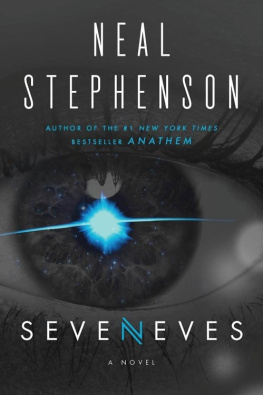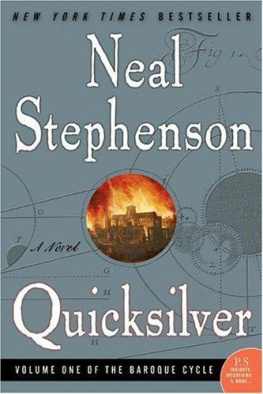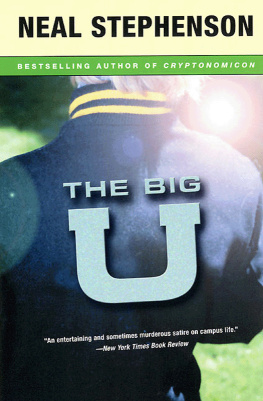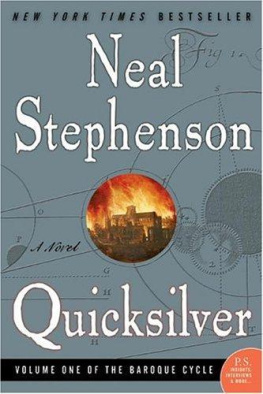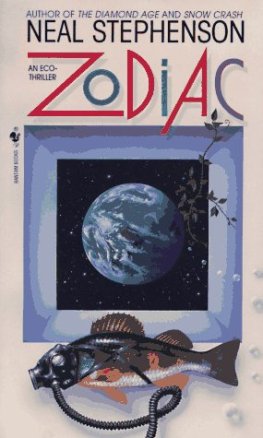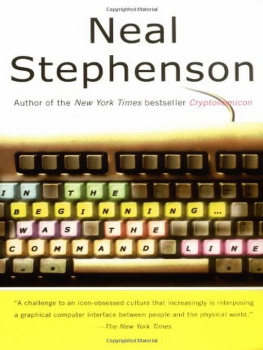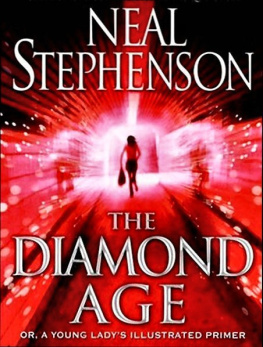
TO JAIME, MARIA, MARCO, AND JEFF
Contents
Guide
THE MOON BLEW UP WITHOUT WARNING AND FOR NO APPARENT reason. It was waxing, only one day short of full. The time was 05:03:12 UTC. Later it would be designated A+0.0.0, or simply Zero.
An amateur astronomer in Utah was the first person on Earth to realize that something unusual was happening. Moments earlier, he had noticed a blur flourishing in the vicinity of the Reiner Gamma formation, near the moons equator. He assumed it was a dust cloud thrown up by a meteor strike. He pulled out his phone and blogged the event, moving his stiff thumbs (for he was high on a mountain and the air was as cold as it was clear) as fast as he could to secure the claim to himself. Other astronomers would soon be pointing their telescopes at the same dust cloudmight be doing it already! Butsupposing he could move his thumbs fast enoughhe would be the first to point it out. The fame would be his; if the meteorite left behind a visible crater, perhaps it would even bear his name.
His name was forgotten. By the time he had gotten his phone out of his pocket, his crater no longer existed. Nor did the moon.
When he pocketed his phone and put his eye back to the eyepiece of his telescope, he let out a curse, since all he saw was a tawny blur. He must have knocked the telescope out of focus. He began to twiddle the focus knob. This didnt help.
Finally he pulled back from the telescope and looked with his naked eyes at the place where the moon was supposed to be. In that moment he ceased to be a scientist, with privileged information, and became no different from millions of other people around the Americas, gaping in awe and astonishment at the most extraordinary thing that humans had ever seen in the sky.
In movies, when a planet blows up, it turns into a fireball and ceases to exist. This is not what happened to the moon. The Agent (as people came to call the mysterious force that did it) released a very large amount of energy, to be sure, but not nearly enough to turn all the moons substance into fire.
The most generally accepted theory was that the puff of dust observed by the Utah astronomer was caused by an impact. That the Agent, in other words, came from outside the moon, pierced its surface, burrowed deep into its center, and then released its energy. Or that it simply kept on going out the other side, depositing enough energy en route to break up the moon. Another hypothesis stated that the Agent was a device buried in the moon by aliens during primordial times, set to detonate when certain conditions were met.
In any case, the result was that, first, the moon was fractured into seven large pieces, as well as innumerable smaller ones. And second, those pieces spread apart, enough to become observable as separate objectshuge rough bouldersbut not enough to continue flying apart from one another. The moons pieces remained gravitationally bound, a cluster of giant rocks orbiting chaotically about their common center of gravity.
That pointformerly the center of the moon, but now an abstraction in spacecontinued to revolve around the Earth just as it had done for billions of years. So now, when the people of Earth looked up into the night sky at the place where they ought to have seen the moon, they saw instead this slowly tumbling constellation of white boulders.
Or at least that is what they saw when the dust cleared. For the first few hours, what had been the moon was just a somewhat-greater-than-moon-sized cloud, which reddened before the dawn and set in the west as the Utah astronomer looked on dumbfounded. Asia looked up all night at a moon-colored blur. Within, bright spots began to stand out as dust particles fell into the nearest heavy pieces. Europe and then America were treated to a clear view of the new state of affairs: seven giant rocks where the moon ought to have been.
BEFORE THE LEADERS OF THE SCIENTIFIC, MILITARY, AND POLITICAL worlds began using the word Agent to denote whatever had blown up the moon, that words most common interpretation, at least in the minds of the general public, had been in the pulp-fiction, B-movie sense of a secret agent or an FBI agent. Persons of a more technical mind-set might have used it to mean some sort of chemical, such as a cleaning agent. The closest match for how the word would be used forever after was the sense in which it was used by fencers and martial artists. In a sword-fighting drill, where one participant is going to mount an attack and the other is to respond in some way, the attacker is known as the agent and the respondent is known as the patient. The agent acts. The patient is passive. In this case an unknown Agent acted upon the moon. The moon, along with all the humans living in the sublunary realm, was the passive recipient of that action. Much later, humans might rouse themselves to take action and be agents once again. But now and for long into the future they would be nothing more than patients.
RUFUS MACQUARIE SAW IT ALL HAPPEN ABOVE THE BLACK RIDGELINE OF the Brooks Range in northern Alaska. Rufus operated a mine there. On clear nights he would drive his pickup truck to the top of a mountain that he and his men had spent the day hollowing out. He would take his telescope, a twelve-inch Cassegrain, out of the back of the truck and set it up on the summit and look at the stars. When he got ridiculously cold, he would retreat into the cab of his truck (he kept the engine running) and hold his hands over the heater vents until his fingers regained feeling. Then, as the rest of him warmed up, he would put those fingers to work communicating with friends, family, and strangers all over the world.
And off it.
After the moon blew up, and he convinced himself that what he was seeing was real, he fired up an app that showed the positions of various natural and man-made celestial bodies. He checked the position of the International Space Station. It happened to be swinging across the sky 260 miles above and 2,000 miles south of him.
He pulled a contraption onto his knee. He had made it in his little machine shop. It consisted of a telegraph key that looked to be about 150 years old, mounted on a contoured plastic block that strapped to his knee with hook-and-loop. He began to rattle off dots and dashes. A whip antenna was mounted to the bumper of his pickup truck, reaching for the stars.
Two hundred sixty miles above and two thousand miles south of him, the dots and dashes came out of a pair of cheap speakers zip-tied to a conduit in a crowded, can-shaped module that made up part of the International Space Station.
BOLTED TO ONE END OF THE ISS WAS THE YAM-SHAPED ASTEROID called Amalthea. In the unlikely event that it could have been brought gently to Earth and laid to rest on a soccer field, it would have stretched from one penalty box to the other and completely covered the center circle. It had floated around the sun for four and a half billion years, invisible to the naked eye and to astronomers telescopes even though its orbit had been similar to that of the Earth. In the classification system used by astronomers, this meant that it was called an Arjuna asteroid. Because of their near-Earth orbits, Arjunas had a high probability of entering the Earths atmosphere and slamming into inhabited places. But, by the same token, they were also relatively easy to reach and latch on to. For both those reasons, bad and good, they drew the attention of astronomers.
Amalthea had been noticed five years earlier by a swarm of telescope-wielding satellites sent out by Arjuna Expeditions, a Seattle-based company funded by tech billionaires for the express purpose of asteroid mining. It had been identified as dangerous, with a 0.01 percent probability of striking the Earth within the next hundred years, and so another swarm of satellites had been sent up to drop a bag over it and drag it into a geocentric (Earth- rather than sun-centered) orbit, which had then been gradually matched with that of the ISS.
Next page
